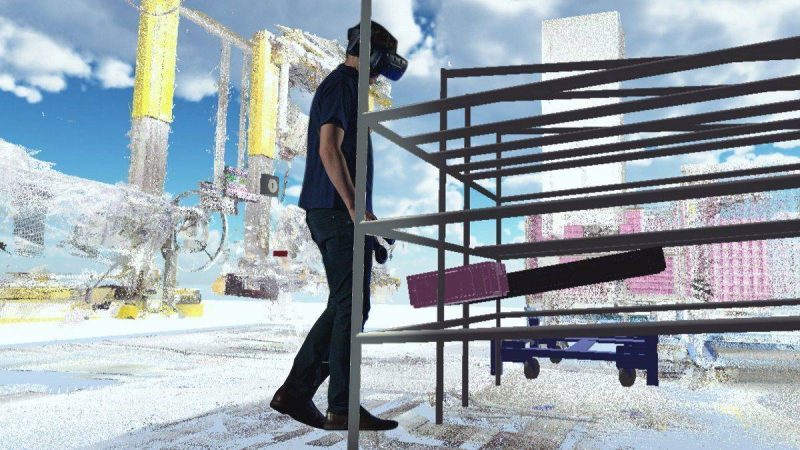BMW has found an exciting internal application: setting up new production workplaces.
The new BMW 3 Series will soon be rolling off the production line in Munich, but before that can happen, the appropriate workstations have to be created for production. Virtual reality is now helping with this. A few months before the start of production, planners have already completely worked out individual workstations - in a virtual world. For example, in cockpit pre-assembly, i.e. the place where the cockpit of the vehicle is set up before it is installed in the vehicle. For the first time, the planners for buildings, systems, logistics and assembly were able to assess the new production area completely virtually together with production employees and rehearse the new processes in 3D.
Matthias Schindler, responsible for virtual planning and commissioning in production at the BMW Group: "Virtual reality technology has enabled us to design the cockpit pre-assembly workstations quickly and efficiently. Time-consuming test set-ups that recreate the workstation in its full size were no longer necessary. And the fact that all departments involved, from the logistics specialist to the system planner to the production employee, were able to exchange information at an early stage and in an uncomplicated manner was a particular benefit for the team. Overall, we were more transparent, more flexible and faster."
Saves time and space
During the preparations, the production of the previous cockpits continued without spatial restrictions, as the planning only takes up space in the virtual world.
In addition, the specialist departments and production representatives saved a lot of time by being able to work with the same data and in the same software. Thanks to the ease of use, the experts were able to quickly and easily assess the space requirements of the new system, for example, and incorporate the expertise of the production staff into the planning from the outset. After a short briefing and without any special prior knowledge, the team of representatives from various specialist departments was able to start the project immediately. Complex calculations for the real-time visualisation of all objects in the virtual reality glasses and simulations were performed by the software.
The basis for this type of planning is digitalised factory data that is available in 3D. For several years now, the BMW Group has been digitally recording the real structures of its plants with special 3D scanners and high-resolution cameras to an accuracy of just a few millimetres. This provides a three-dimensional image of production in the form of a so-called point cloud. Complex, digital reconstruction of the real structures and manual recording on site are no longer necessary. When planning future workstations or entire assembly halls, the BMW Group's specialist departments now combine the existing data with a virtual "library" containing shelves, lattice boxes, small load carriers and around 50 other particularly common items of furniture and aids.
Source: wuv









